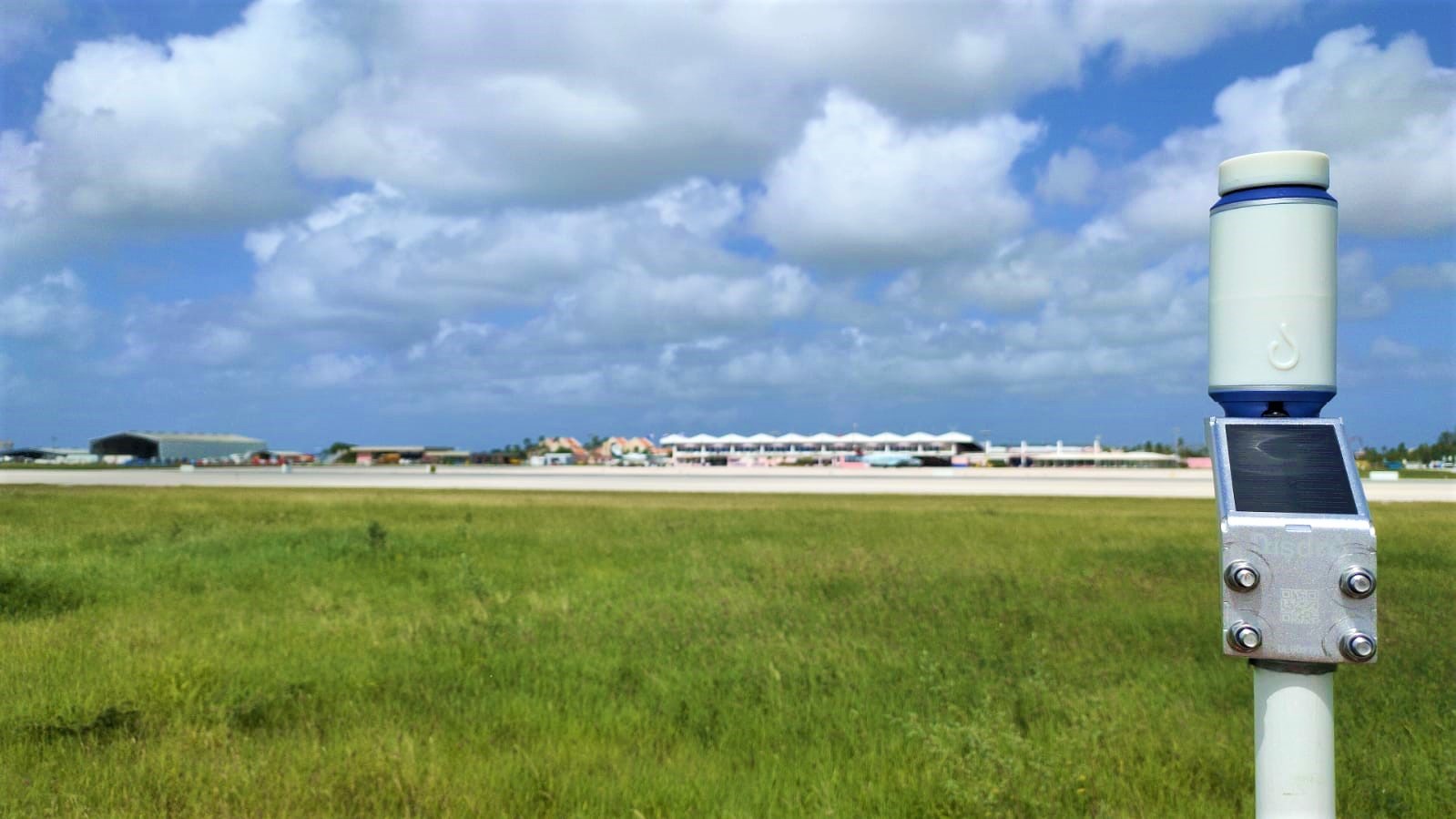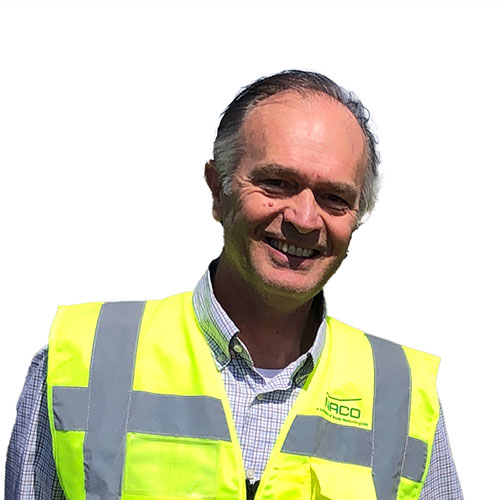Increasing runway safety through automated Runway Condition Reporting in the Caribbean

Project results
- • Automating the runway condition assessment and reporting process
- • Improved runway safety, both for aircraft and airport operations staff
- • Efficient and accurate process to meet the new regulation
- • First airport in the Kingdom of the Netherlands to comply with new GRF regulation
Ensuring ICAO compliance with RCR-Tool©
Runway excursions are the top category of runway related accidents and therefore a priority for the aviation industry. Although rarely resulting in loss of lives, an aircraft skidding of the runway will always lead to significant physical, economic and reputational damage. Accounting for almost a quarter (23%) of all airport incidents between 2005 and 2019 according to IATA, the relevance is clear.
ICAO introduced a new global regulation for all commercial airports in November 2021, to reduce the number of runway excursions. The GRF requires airports to produce a runway condition report (RCR) every time runway conditions change subject to weather. The condition can be dry, wet, snow, ice, or combinations thereof. By reporting the runway condition to the pilot in a globally standardised format, the pilot can better prepare for take-off and landing, improving safety.
When the Ministry of Infrastructure for the Dutch Caribbean islands of Bonaire and St Eustatius reached out to us to help them comply with the new regulations, we implemented our RCR-Tool©. The result is an automated process for runway inspection and reporting that increases runway safety whilst improving operational efficiency. This is due to accurate and real-time reporting with reduced need for outside runway inspections.
Improving runway safety
While the picture of the Caribbean in our mind may be of crystal-clear waters, white beaches, and warm, sunny weather – the reality is far more complex. The nature of the Caribbean climate means short bursts of heavy rainfall are common, along with hurricane seasons that bring turbulent weather in their wake.All of this makes the ability to bring out frequent, accurate reports crucial for compliance with the GRF – and for the overall safety of planes, their pilots, and their passengers, as well as ground staff.
Supporting airport automation – without draining resources
In the face of these climate and infrastructure challenges – and with limited resources available on the islands – the Ministry of Infrastructure needed innovative solutions.We implemented our RCR-Tool© as the answer – firstly at Bonaire Flamingo International Airport in November 2020, before taking the experience gained in the implementation to a second system installed at St Eustatius in June 2021.
The tool automates the process of runway condition assessment and reporting – using advanced software to simulate runway conditions. Because there is no need to close the runway each time an assessment is required, the runway capacity is improved, and the staff can stay safely inside in fast-changing conditions.
Empowering users through training
With the constraints of resourcing, we also provided the airports with training on how to use and maintain RCR-Tool© – taking them on board during the process to increase their knowledge of RCR, GRF, and the workings of the tool so they can operate it confidently and independently in the future.With the installation of our RCR-Tool©, Flamingo International Airport in Bonaire was the first airport in the Kingdom of the Netherlands to be compliant with new IACO regulations.
Under difficult circumstances, NACO provided a solution with their RCR-Tool© that sets a benchmark for runway condition reporting under the GRF format. Today, we can act quickly in the face of changeable conditions, and report accurately resulting in increased runway safety for airport personnel, passengers, and aircrews.”
“We’re proud to have implemented our RCR-Tool© in the Caribbean – proving the tool’s ability to meet the specific needs of different regions, climates, and airports. Our tool supports the digitalisation and automation of airport operations, while protecting staff and ensuring their time and energy can be utilised efficiently.”
– Pim Meyboom
